Travelling and moving to a new place can always be daunting, but Pollock Pines has quickly become home. June started off with the CLM training in Chicago, where I got to meet Dean (co-intern) for the first time! We were able to explore the campus of the Chicago Botanic Garden, learn more about the Garden’s goals and how to be a botanist, and meet other interns from across the country! We explored while listening to the cicada’s roar in the forests, during an amazing hatch of the 17-year, 13-year, and brood XIX and XIII co-emerged. It was absolutely fantastic seeing the so many cicadas! Then, some of the interns went to Chicago for our celebratory night after the training! Great food, exploring a new city and amazing new friends made along the way!

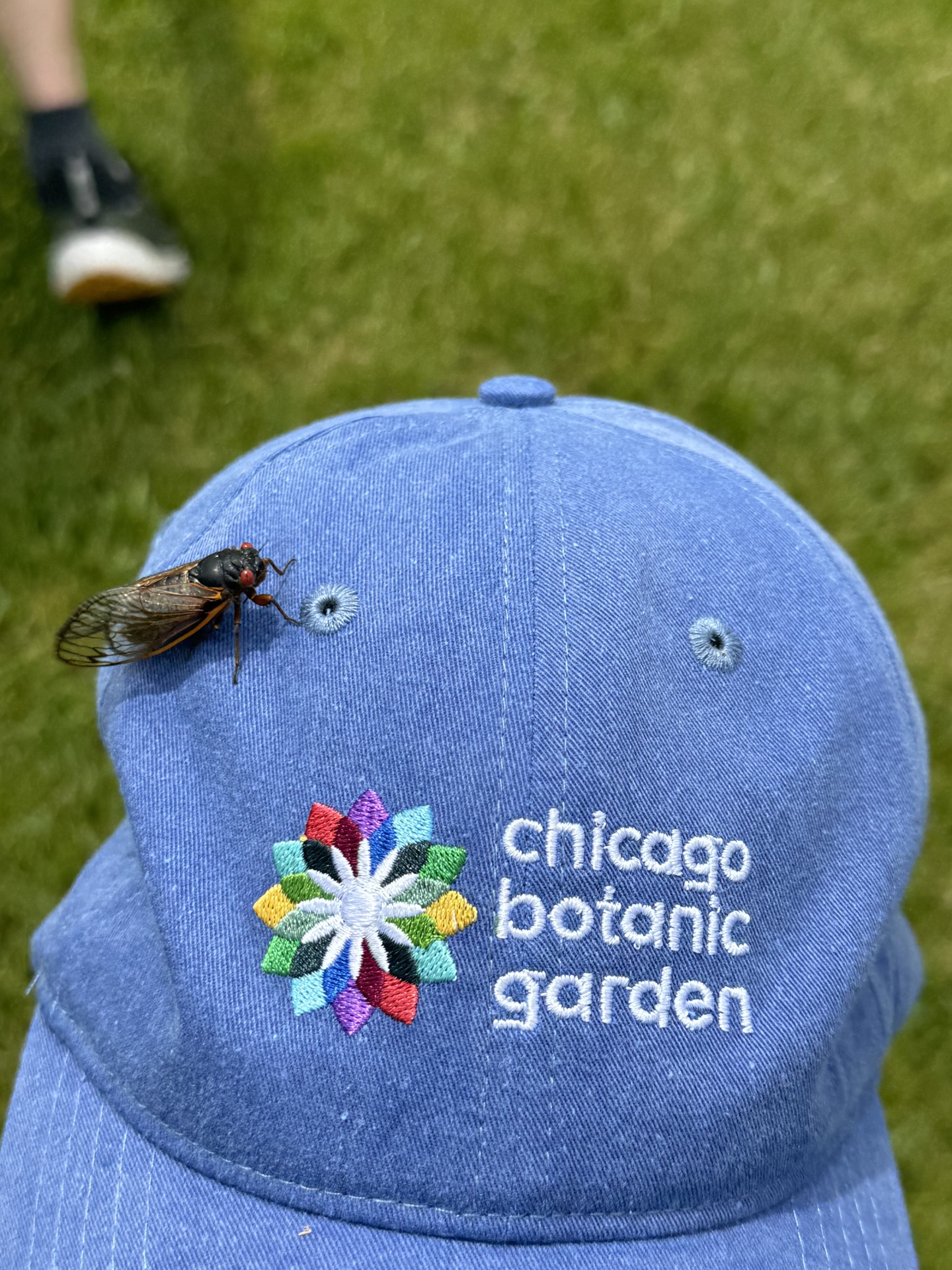
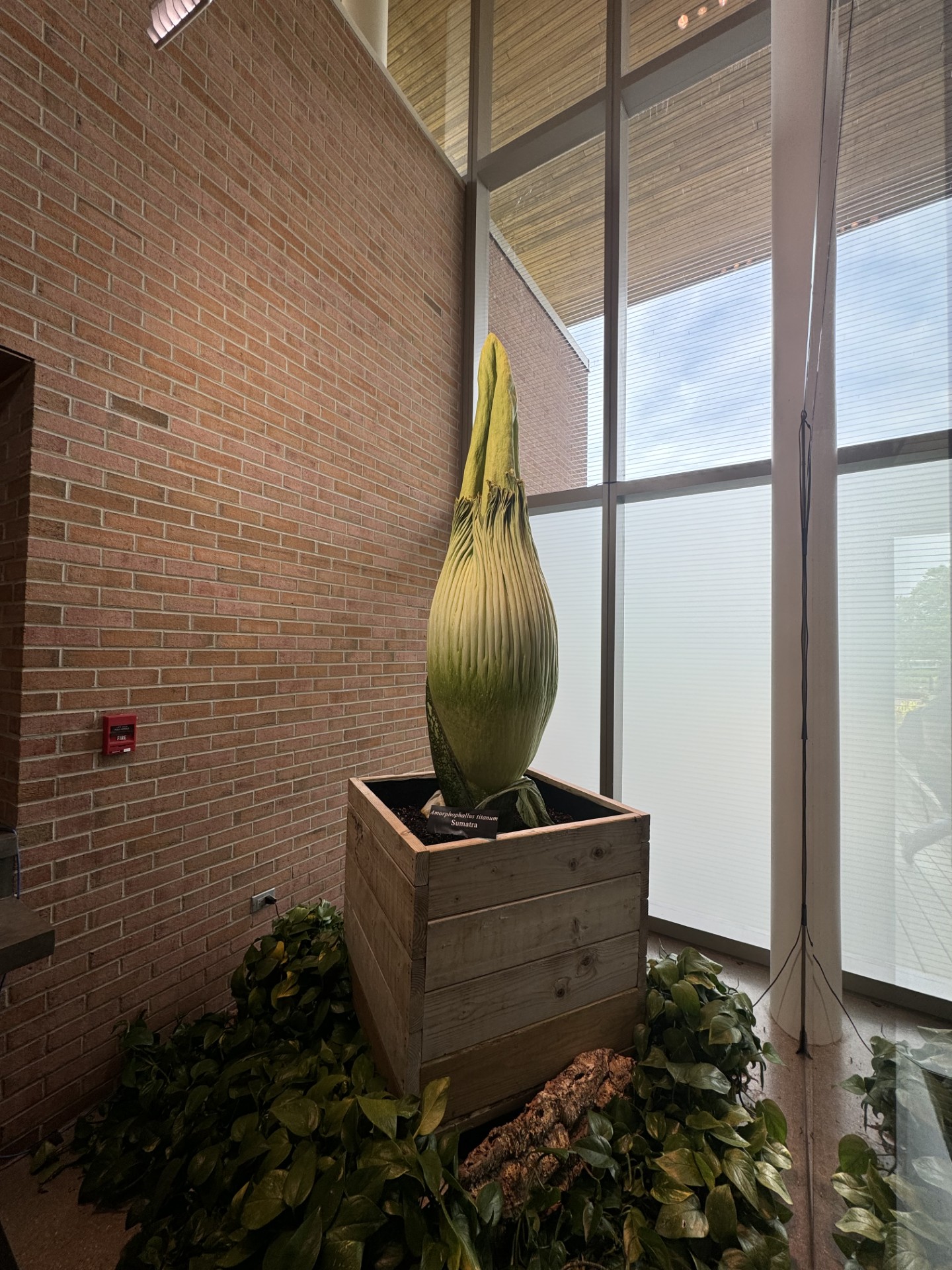
Then I had a quick turnaround to move to Pollock Pines for the season! I packed up from Boise, Idaho and drove the quick 9 hours to Pollock Pines! I got to see Lake Tahoe for the first time in the daylight, and I was greeted at home with a gorgeous sunset. Now comes the challenging part, learning a completely new flora! Dean is from the area and is very knowledgeable, which is much appreciated! The Sierras are absolutely breathtaking, the exposed granite and some serious topography. Dean and I did a lot of onboarding while also trying to get into the field when we could!
Then, my friend Iris invited me on a camping trip to Loon Lake! She’s the crew lead for the North Zone botany team of the El Dorado. It was such a fun weekend meeting her crew as well as the wildlife crew! We went on a beautiful hike to Bassi Falls and spend a lot of time swimming. Such a great weekend!
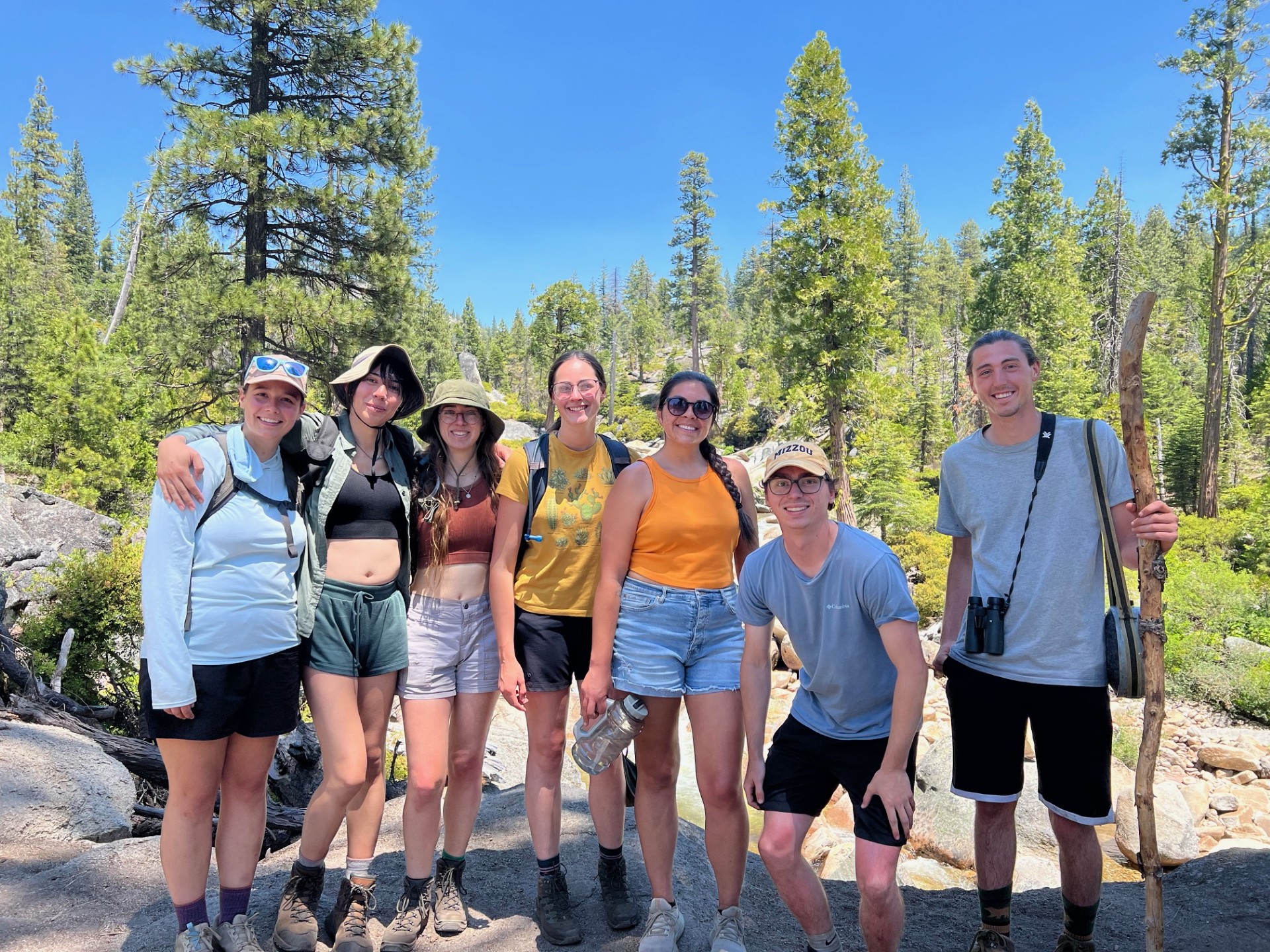
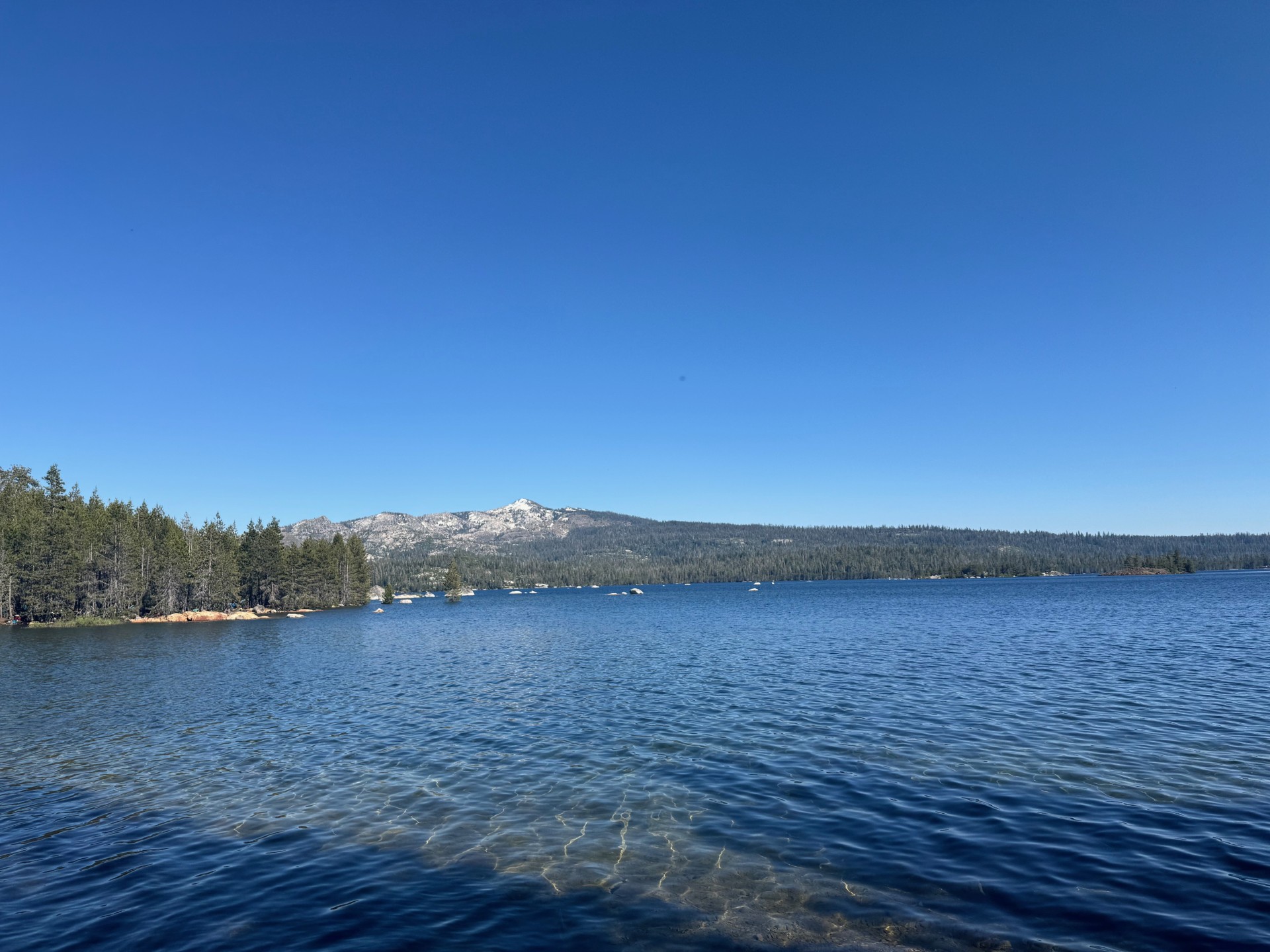
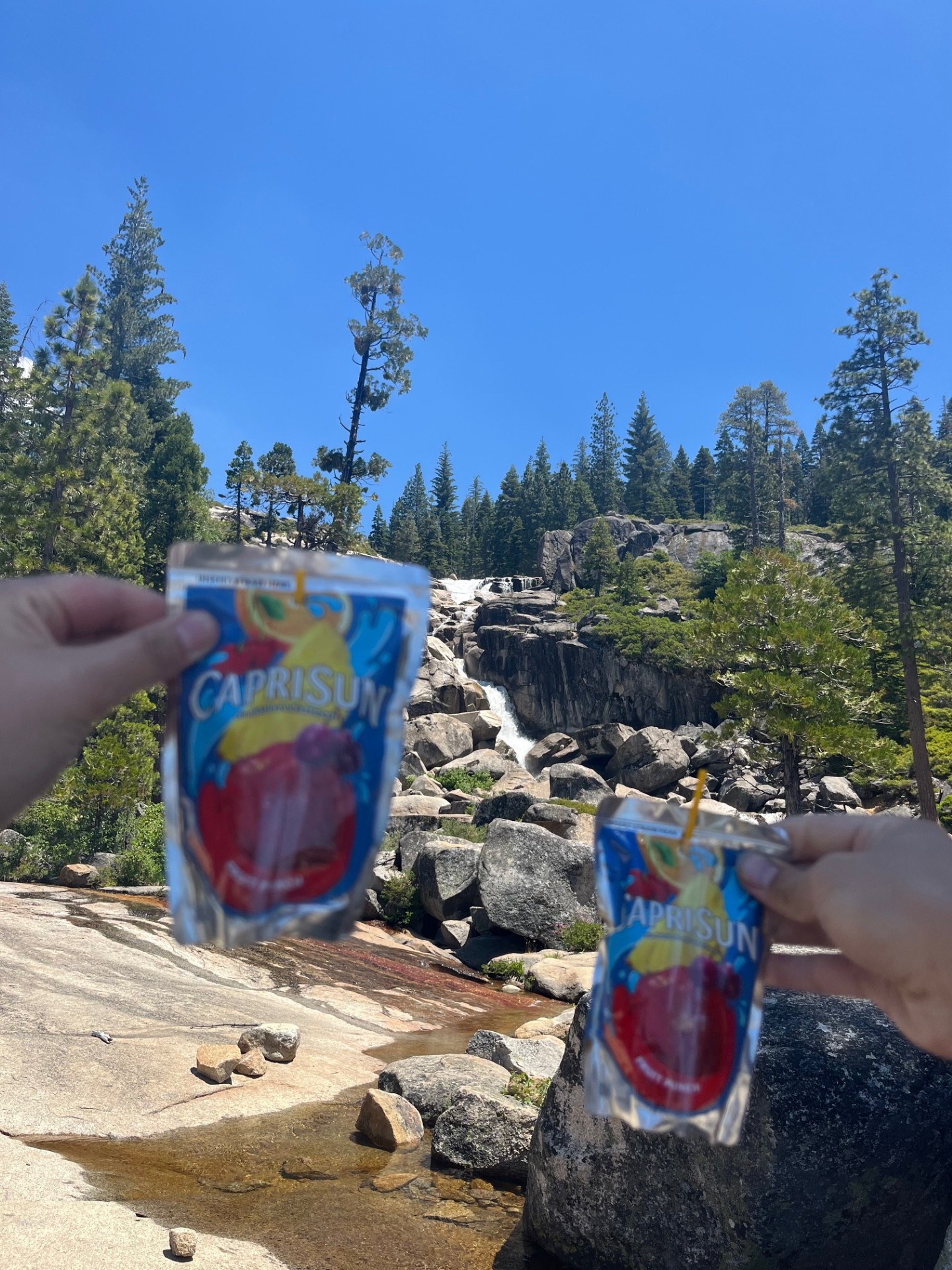
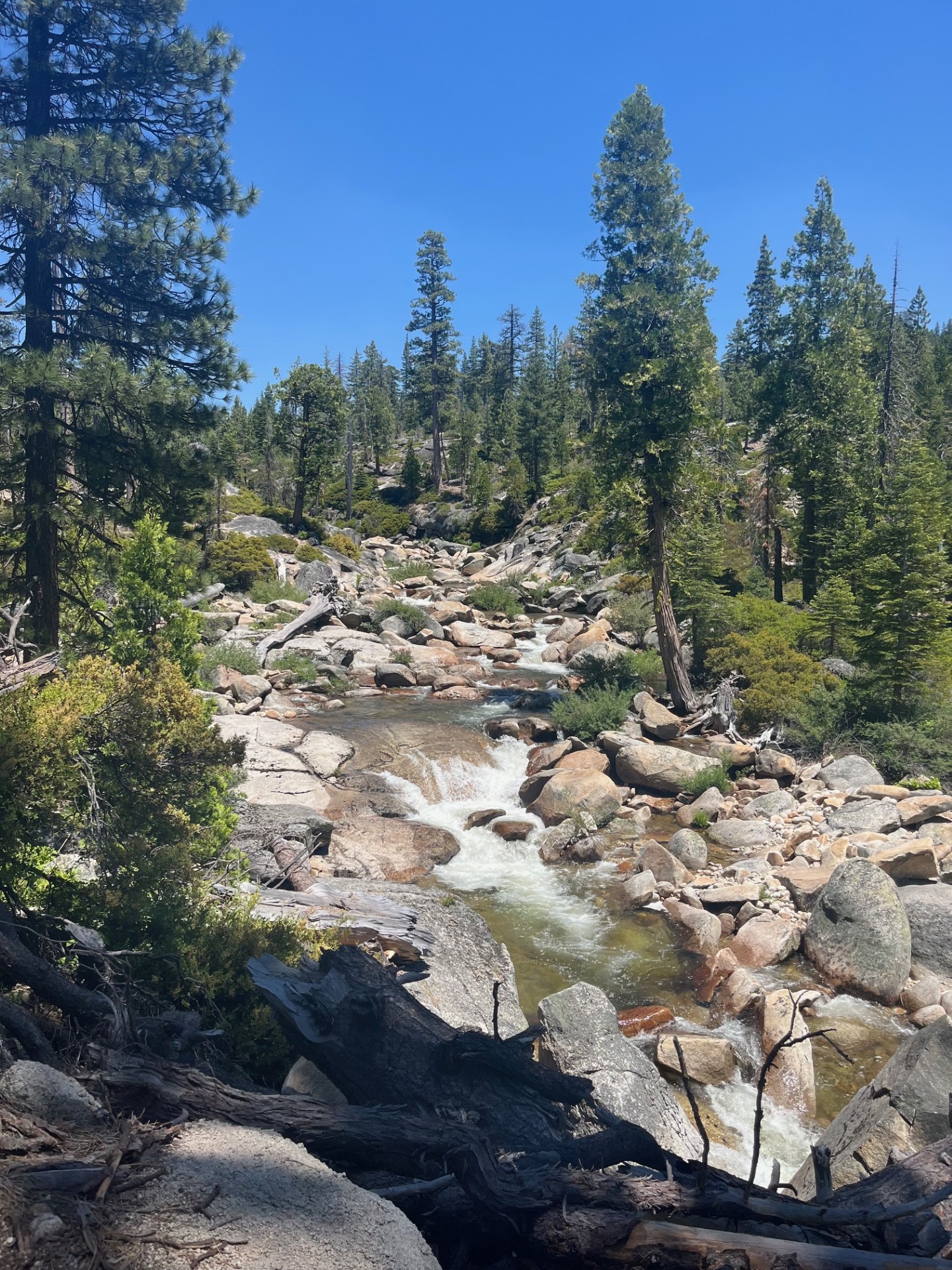
Dean and I got to assist the pollinator team with rare plant pollinator networks. We went out with the Cal State East Bay pollinator team and learned how to do pollinator networks for Lewisia kellogii. I really enjoyed learning about pollinator networks and how plant conservation benefits by supporting pollinator communities.

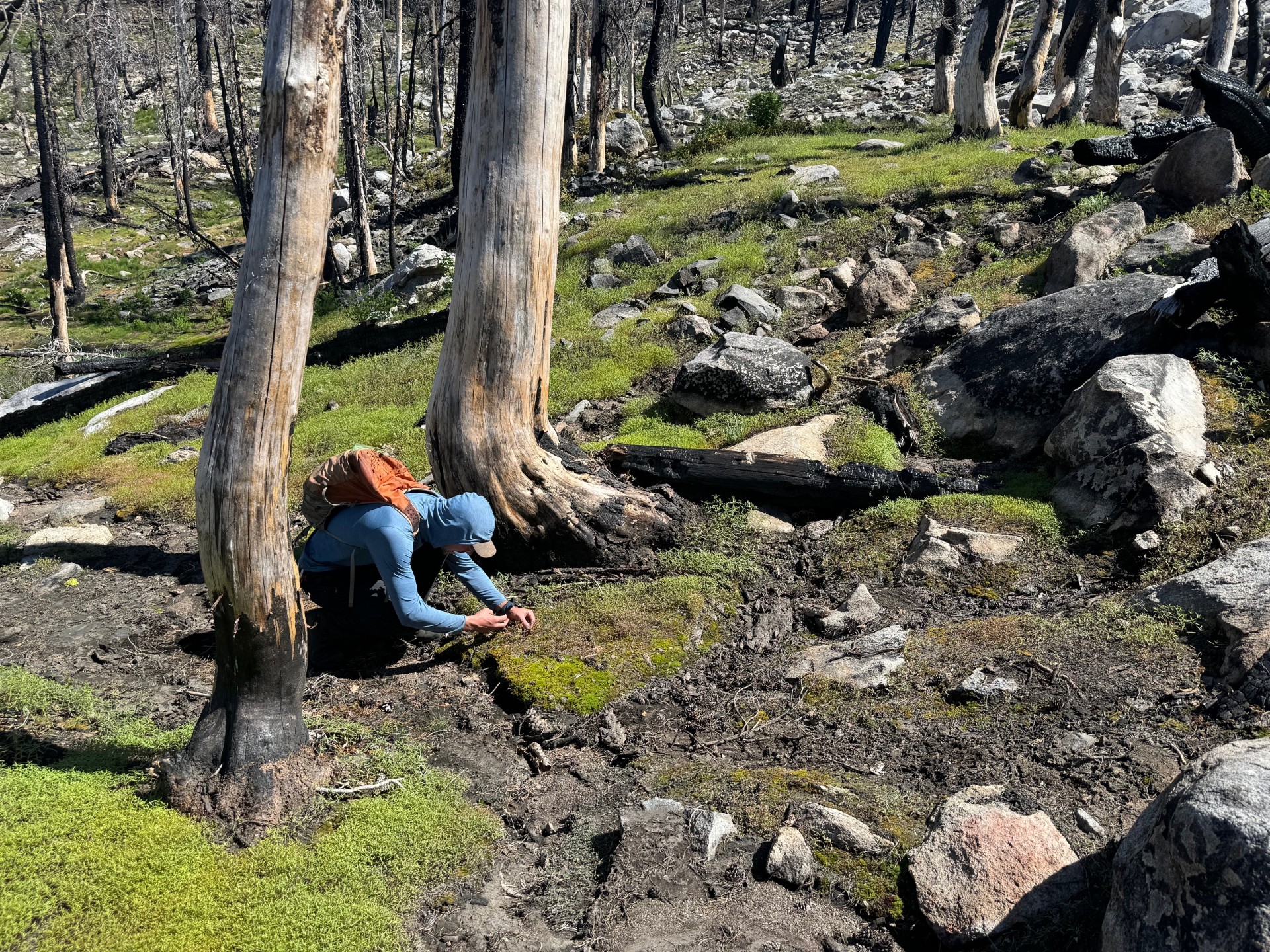
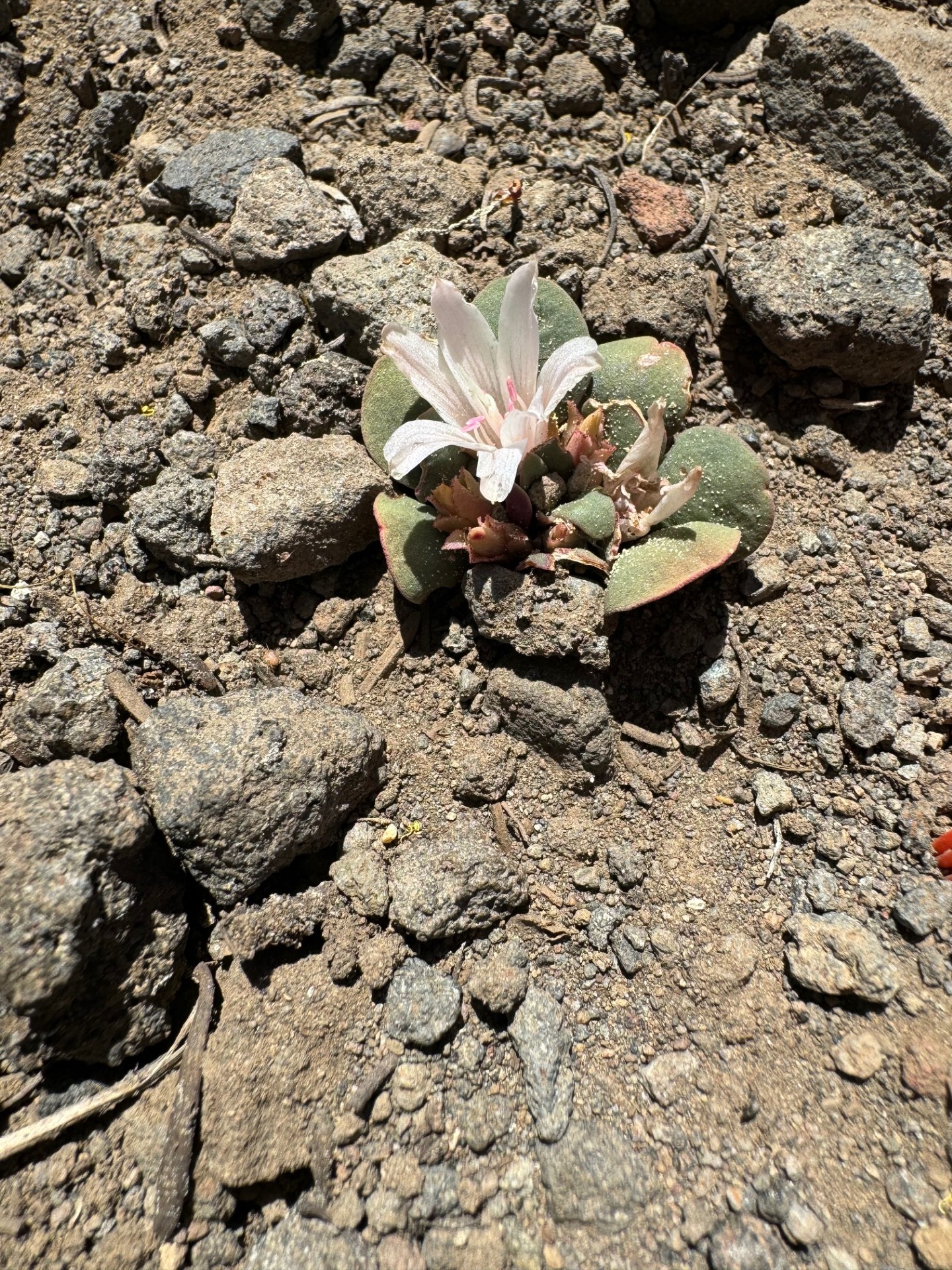
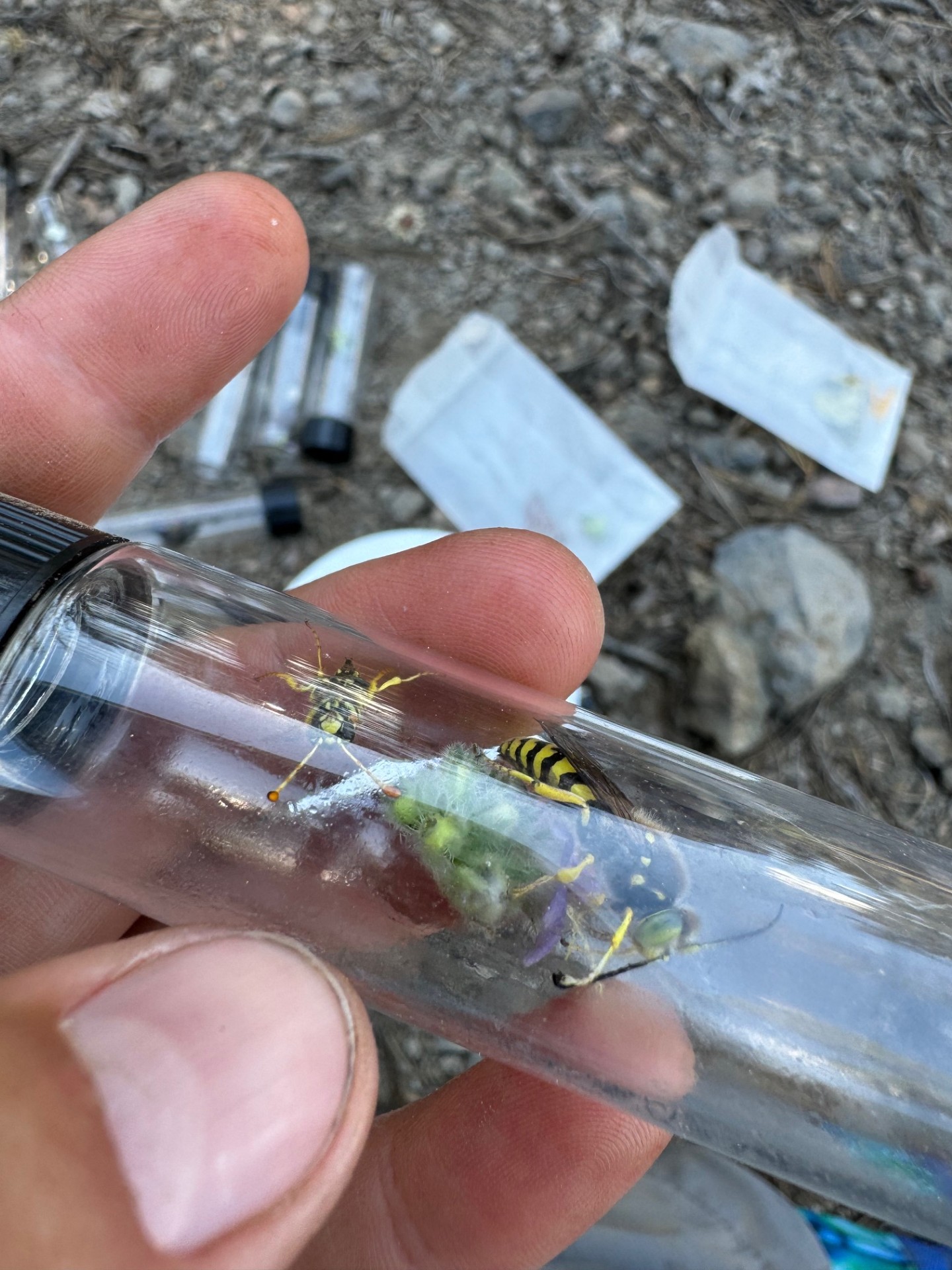
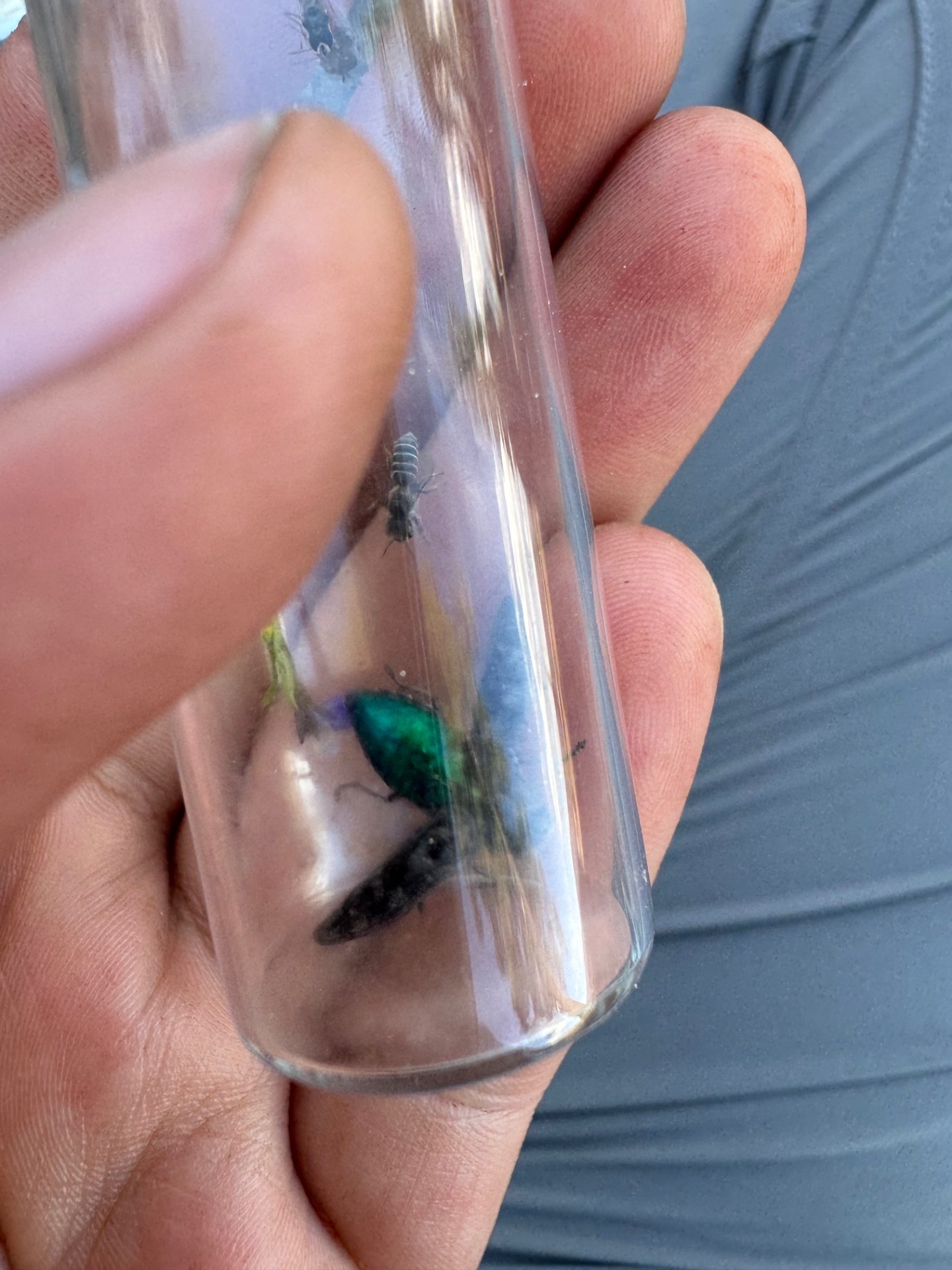
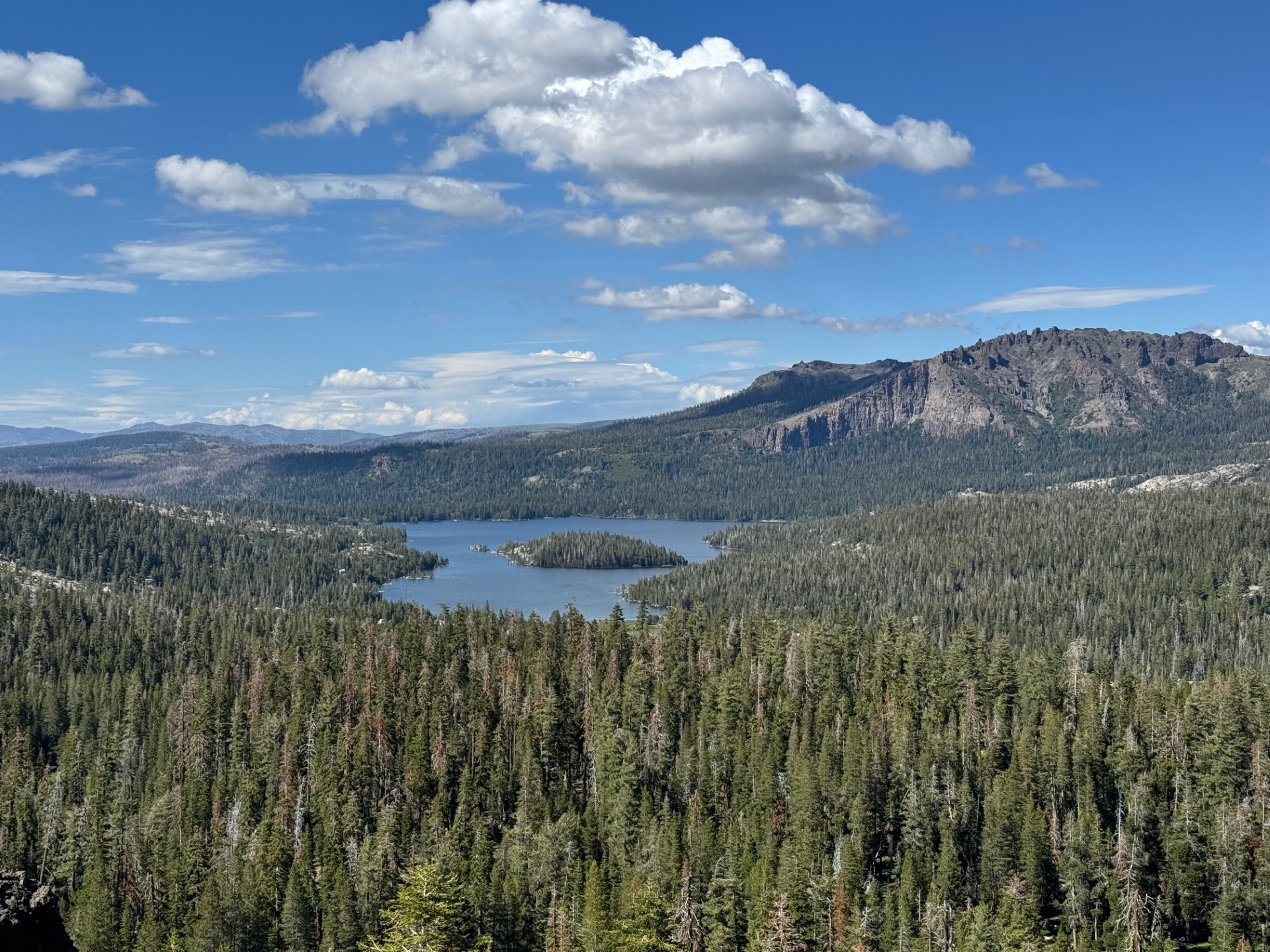
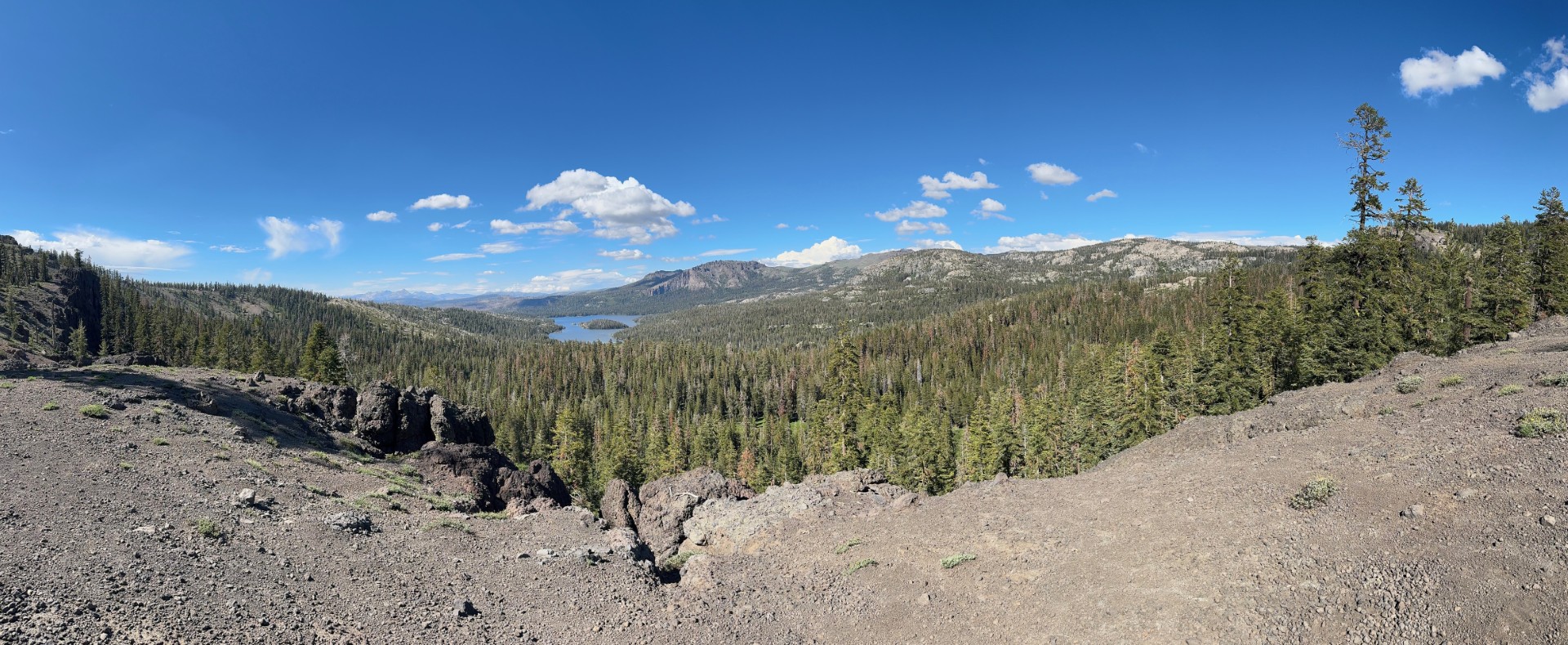
Dean and I went out the next day and assisted the California Native Plant Society on mapping Lewisia kellogii hutchisonii (one of the rare plants on the El Dorado). We looked for flowering Lewisia, and then marked them. The Lewisia retracts back into the ground once pollinated to develop the seeds, which is why we needed to mark them for some seed collection! Working with the CNPS team was wonderful to see how professional careers develop in botanical sciences.
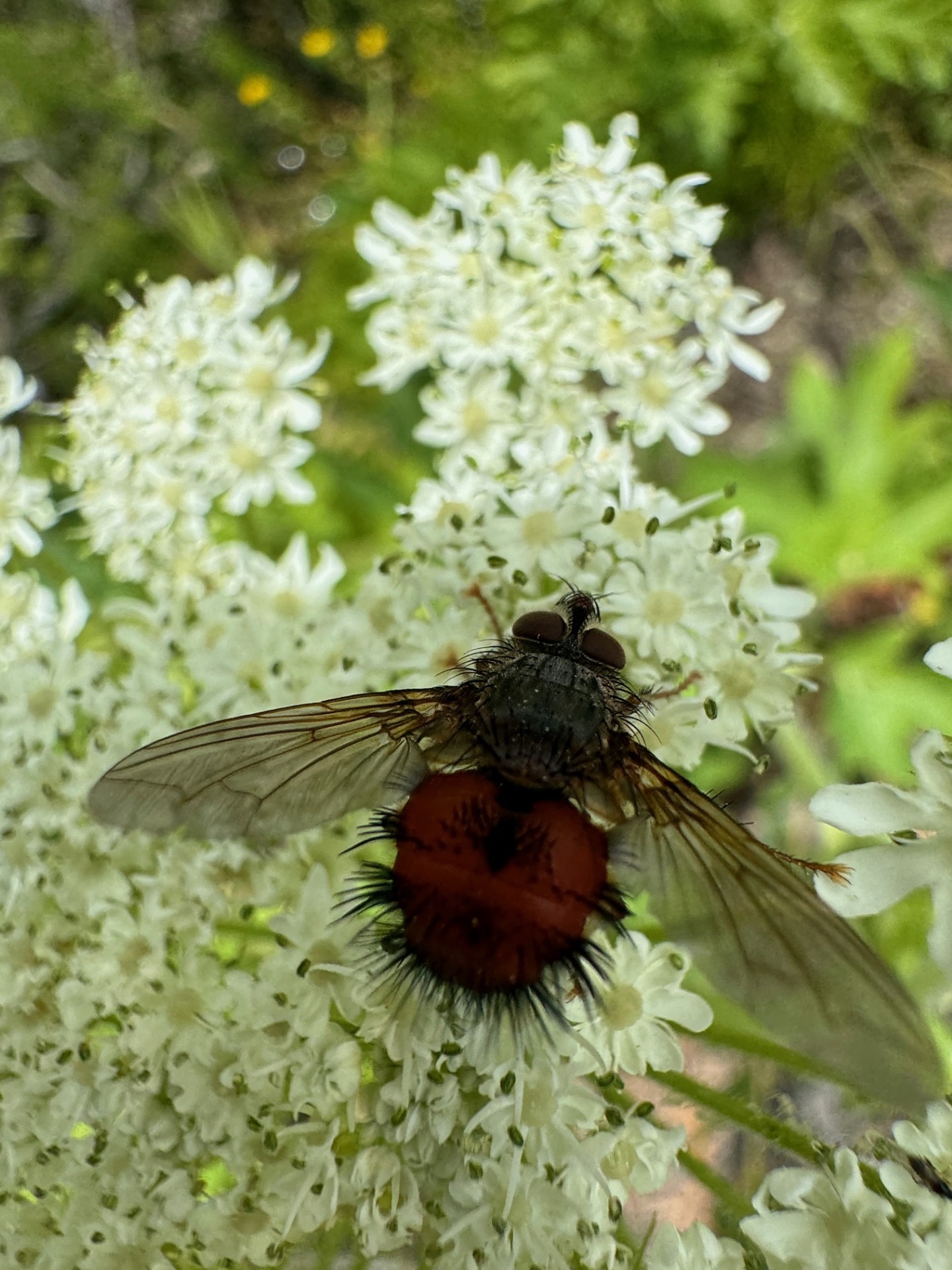


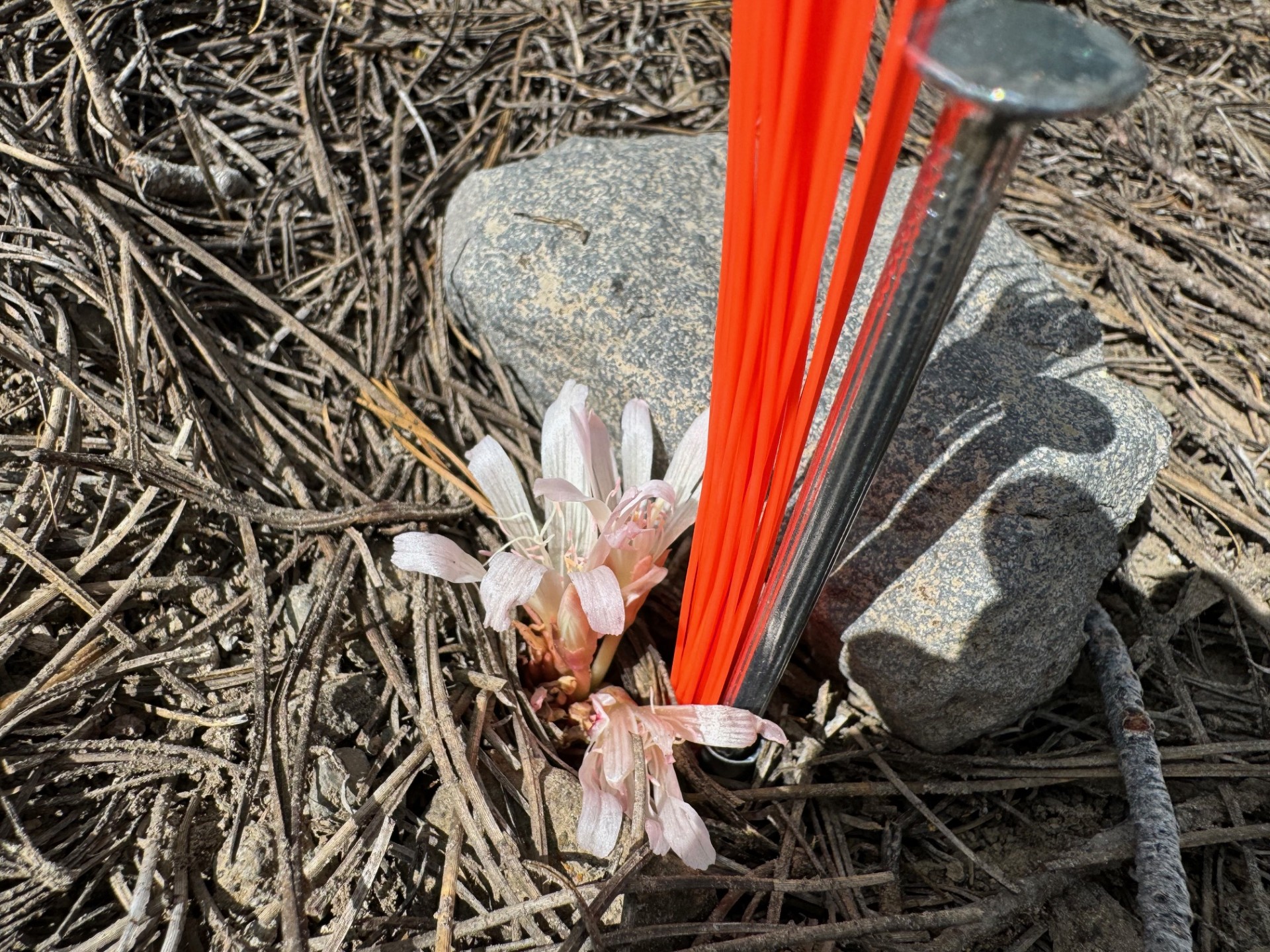
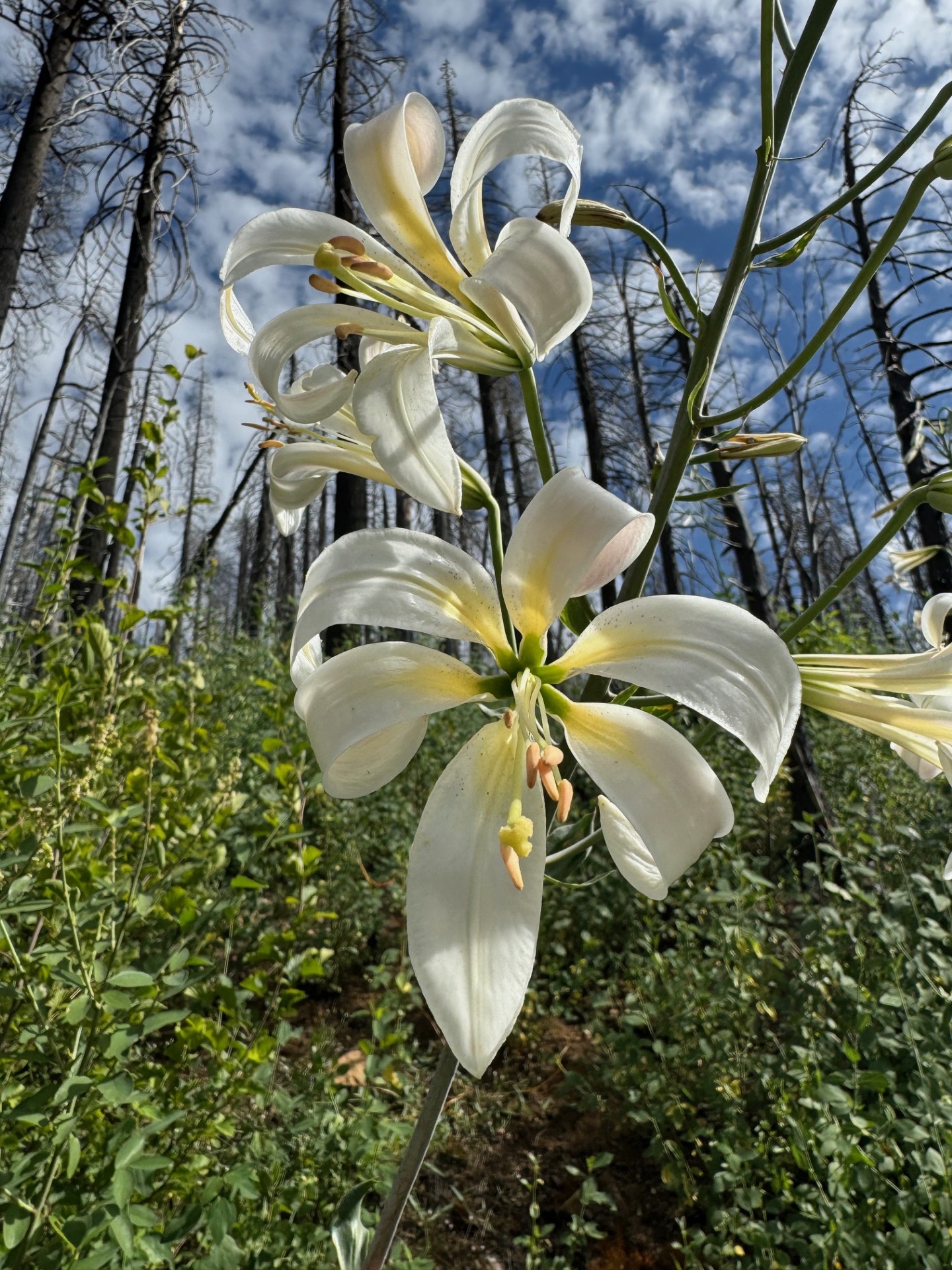

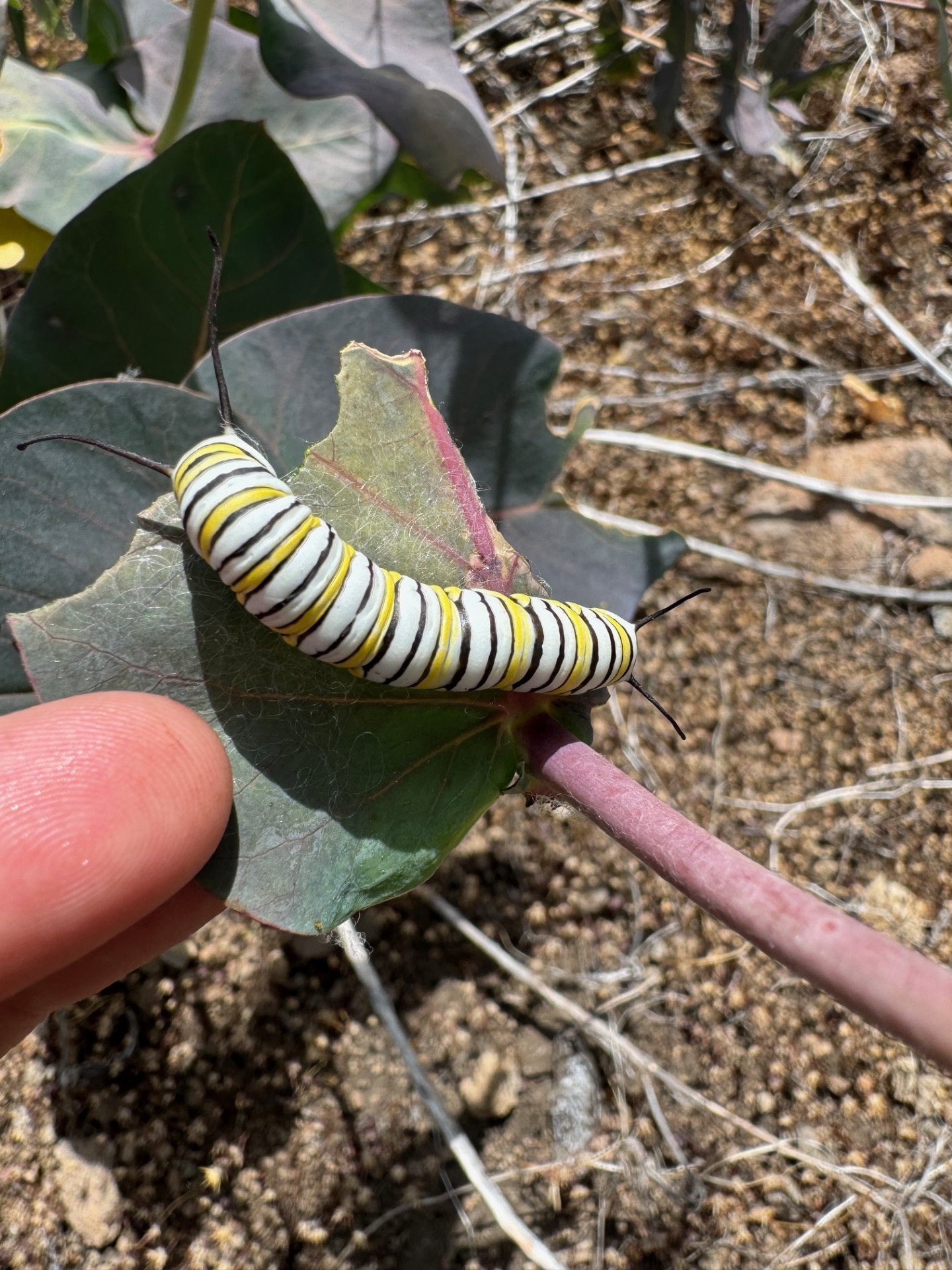
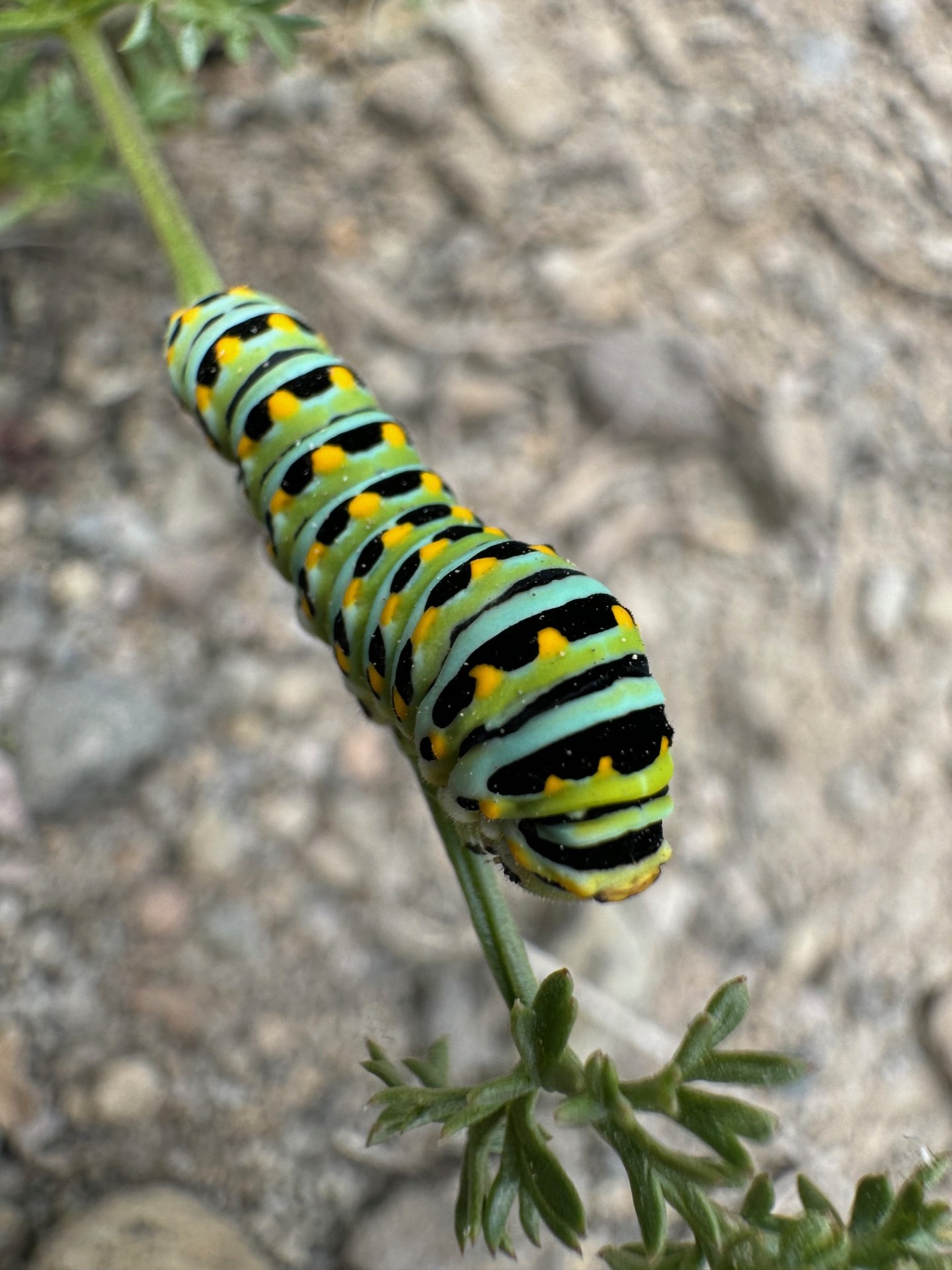
I’m looking forward to what comes next! The El Dorado is absolutely amazing!

